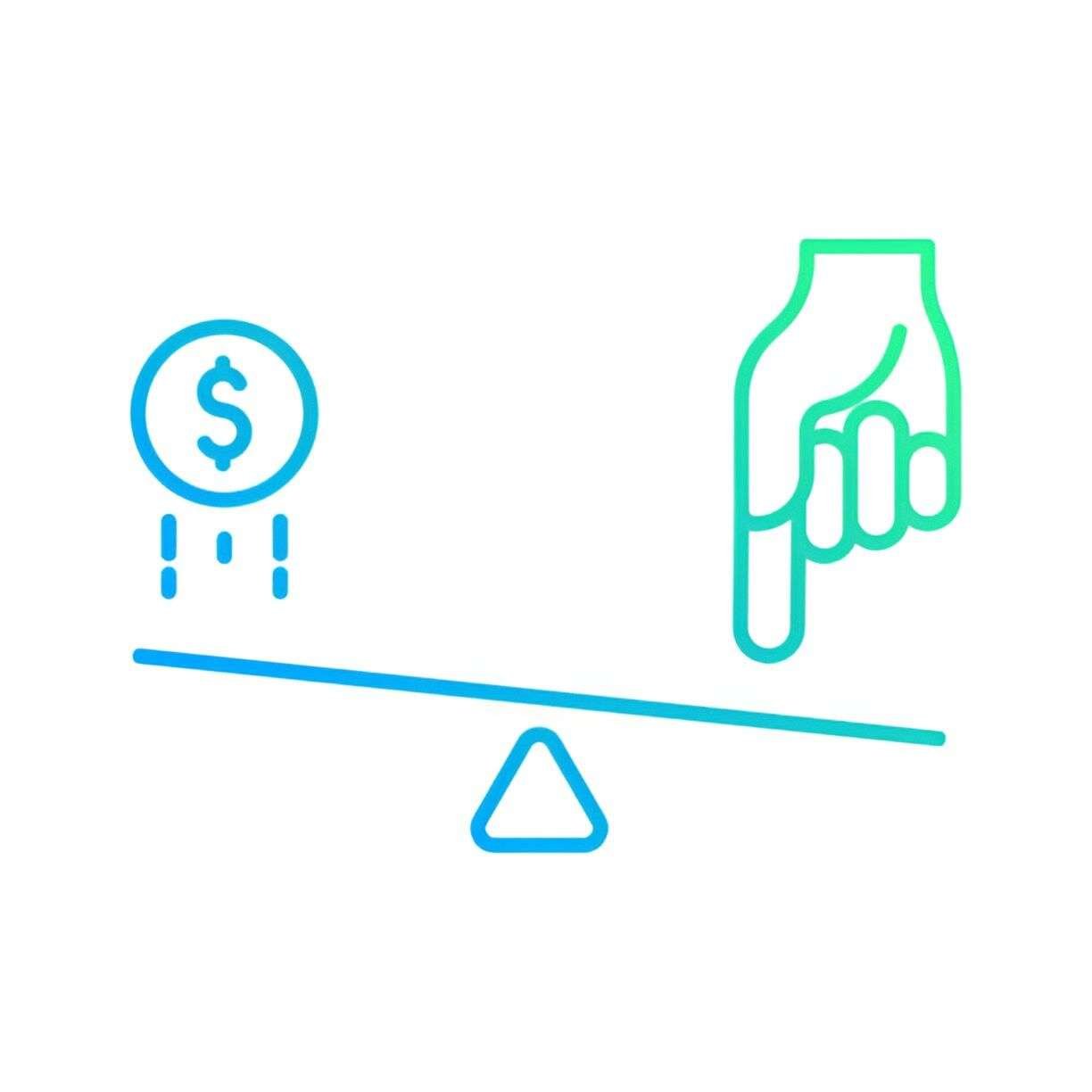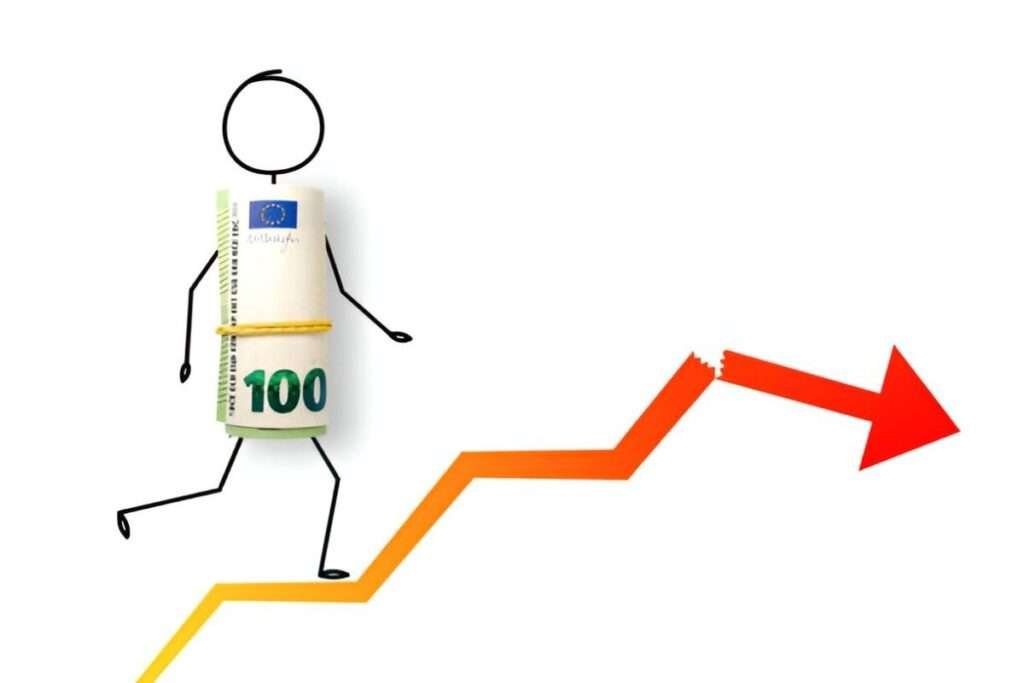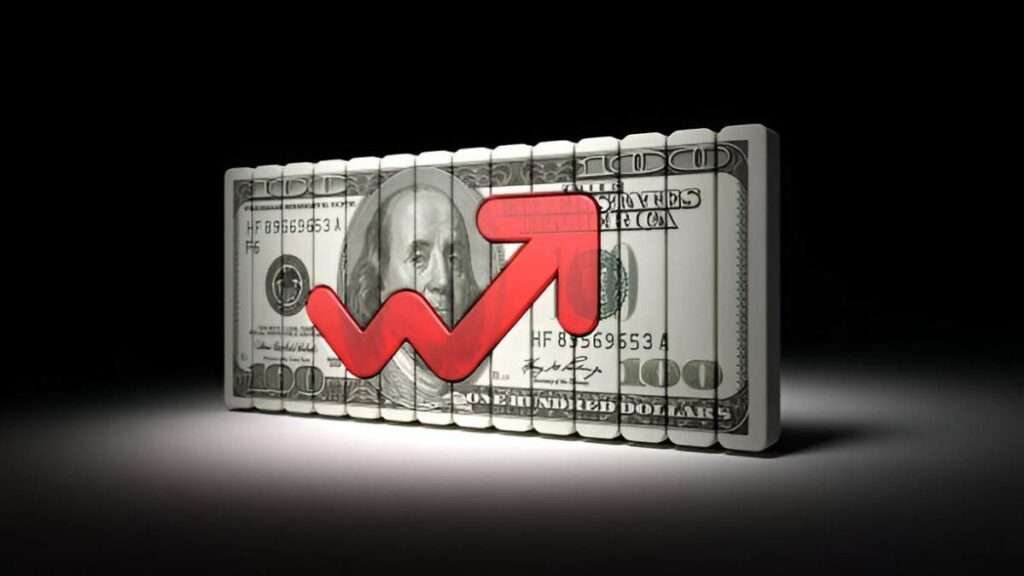Leverage is one of the most powerful tools available in the world of forex trading. For traders, it represents the ability to control larger positions with a smaller amount of capital, which can lead to significant profits—or losses. Among the various levels of leverage, the concept of “1:1 leverage” holds particular importance, as it represents the most conservative approach to trading in the forex market. In this article, I will dive deep into the concept of 1:1 leverage, exploring its mechanics, advantages, disadvantages, and providing real-world examples to illustrate how it works.
Table of Contents
What is Leverage in Forex Trading?
Before discussing the specifics of 1:1 leverage, let’s first define what leverage means in the context of forex trading. Leverage allows a trader to control a large position in the market with a relatively small amount of capital. The leverage ratio is usually expressed as a ratio, such as 50:1, 100:1, or even 500:1. For example, if you have a leverage ratio of 100:1, it means that for every dollar of your own capital, you can control $100 worth of a currency.
However, with 1:1 leverage, the situation is different. This means that for every dollar you invest in a trade, you are controlling exactly one dollar in the market. Essentially, you are not borrowing any funds to increase the size of your position. This is the most straightforward, risk-averse method of trading and requires no external capital other than your own.
How Does 1:1 Leverage Work?
To understand how 1:1 leverage works, it’s important to recognize that it essentially eliminates the concept of borrowing funds from your broker to amplify your trading position. When you trade with 1:1 leverage, you are only able to trade as much as your capital allows.
For example, let’s say you have a trading account balance of $1,000, and you wish to trade the EUR/USD pair. With 1:1 leverage, the maximum size of your position would be $1,000. If you were trading with higher leverage, say 100:1, you would be able to control a position worth $100,000 with the same $1,000. However, with 1:1 leverage, your buying power is strictly limited to the funds available in your account.
Let’s illustrate this with an example:
- Account Balance: $1,000
- Leverage: 1:1
- Position Size: $1,000
In this scenario, you could only control $1,000 worth of the currency pair. If the price of the EUR/USD moves in your favor, you would make a profit based on the price change relative to your $1,000 position. On the other hand, if the price moves against you, you could incur a loss, but you wouldn’t risk more than your initial investment.
The Impact of 1:1 Leverage on Risk and Reward
With 1:1 leverage, the primary advantage is that it minimizes the risks associated with trading. Since you are not borrowing any capital from your broker, you are only exposed to the market risk on the funds you have in your account. This is a significant benefit for traders who are just starting or those who wish to avoid the high risks associated with higher leverage.
In contrast, with higher leverage, traders can magnify both profits and losses. For example, with a leverage of 100:1, a 1% move in the market could result in a 100% gain or loss on the trader’s initial investment. However, with 1:1 leverage, the same 1% market movement would only result in a 1% gain or loss. While this reduces the potential for significant profits, it also significantly reduces the risk of losing more than what you’ve invested.
To visualize this, let’s consider the following table that compares the risk and reward for different leverage ratios:
| Leverage Ratio | Account Balance | Position Size | Profit/Loss on 1% Market Move |
|---|---|---|---|
| 1:1 | $1,000 | $1,000 | $10 (1% of $1,000) |
| 10:1 | $1,000 | $10,000 | $100 (1% of $10,000) |
| 100:1 | $1,000 | $100,000 | $1,000 (1% of $100,000) |
As shown, the higher the leverage, the greater the potential reward, but also the greater the risk. With 1:1 leverage, your risk is limited to the amount you have in your account, but your profits are also limited by the size of your position.
Why Use 1:1 Leverage?
Using 1:1 leverage may seem like an overly cautious approach, especially when higher leverage ratios can offer greater potential returns. However, there are several reasons why traders, especially beginners, might prefer this level of leverage:
1. Risk Management
The most significant advantage of using 1:1 leverage is the ability to control risk. By using no leverage, a trader only risks the capital they have in their account. This is particularly useful for those who are still learning the ins and outs of forex trading and want to avoid the danger of overleveraging.
2. No Margin Calls
When you trade with leverage, your broker may issue a margin call if your position moves against you and you don’t have enough equity to maintain the trade. This can lead to forced liquidation of positions, sometimes at a significant loss. With 1:1 leverage, this risk is eliminated, as there’s no borrowing involved. The position size is equal to your account balance, meaning you will never receive a margin call.
3. Discipline and Patience
Trading with 1:1 leverage forces traders to be more disciplined and patient. Since there’s no leverage to magnify profits quickly, traders are encouraged to make more thoughtful, well-reasoned decisions. This can help avoid emotional trading and overtrading, which are common pitfalls for less experienced traders.
4. Capital Preservation
Another advantage of 1:1 leverage is that it emphasizes capital preservation. In the long term, avoiding excessive leverage can lead to better overall performance, as the risk of large, catastrophic losses is minimized. This is particularly important for traders who rely on their trading account as their primary source of income or savings.
Drawbacks of 1:1 Leverage
While 1:1 leverage has its advantages, it also has some drawbacks that traders need to consider:
1. Limited Profit Potential
The most obvious downside of 1:1 leverage is that the potential profits are limited. Since you are only trading with your own capital, the amount you can earn is directly tied to your account balance and the price movement of the currency pair you’re trading. For traders looking for significant returns, higher leverage may be more appealing.
2. Slower Account Growth
With limited profit potential comes slower account growth. If you are only able to trade with the funds available in your account, your growth will be slower compared to traders using higher leverage who are able to control larger positions. This can be frustrating for traders with aggressive growth targets.
3. Opportunity Cost
By using 1:1 leverage, you may miss out on opportunities to use leverage to its full potential. Other traders who use higher leverage could profit more quickly from market moves, while your profits are limited by the size of your position. This opportunity cost can be significant in a highly volatile market.
Comparing 1:1 Leverage to Higher Leverage Ratios
To understand the implications of 1:1 leverage better, let’s compare it to some of the more common leverage ratios used in forex trading. The table below summarizes how different leverage ratios affect your position size and potential profits:
| Leverage Ratio | Required Margin | Position Size | Potential Profit on 1% Market Move |
|---|---|---|---|
| 1:1 | $1,000 | $1,000 | $10 (1% of $1,000) |
| 50:1 | $1,000 | $50,000 | $500 (1% of $50,000) |
| 100:1 | $1,000 | $100,000 | $1,000 (1% of $100,000) |
| 500:1 | $1,000 | $500,000 | $5,000 (1% of $500,000) |
As seen in the table, the higher the leverage, the greater the potential profit. However, this also comes with higher risk. For instance, a 1% market movement could lead to massive profits or equally massive losses depending on the leverage used.
Conclusion
In summary, 1:1 leverage is a conservative approach to forex trading that minimizes the risks associated with high-leverage trading. By trading with no borrowed funds, traders are able to limit their exposure to the forex market to their account balance. While the potential for large profits is lower than with higher leverage ratios, 1:1 leverage offers stability, risk management, and capital preservation—important factors for long-term success in forex trading.
Whether you are a beginner or an experienced trader, understanding when to use 1:1 leverage and how it fits into your broader trading strategy is crucial for success. By keeping your trades aligned with your risk tolerance and financial goals, 1:1 leverage can provide a solid foundation for your trading journey.





